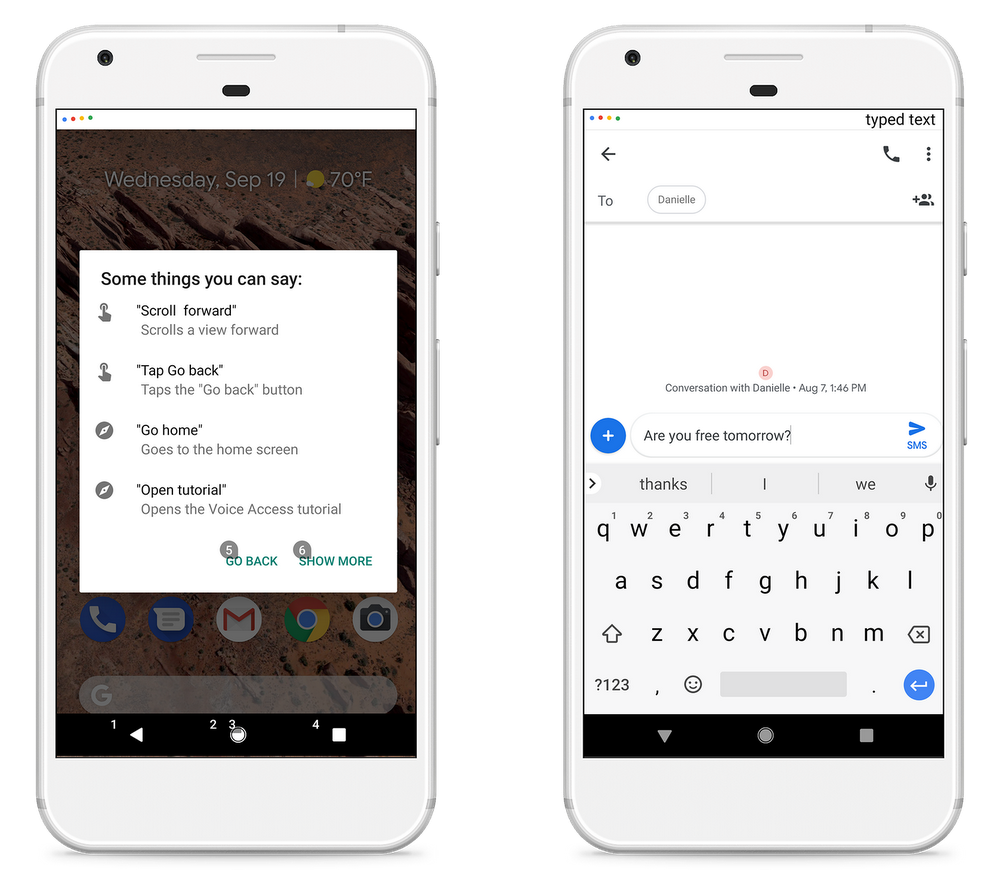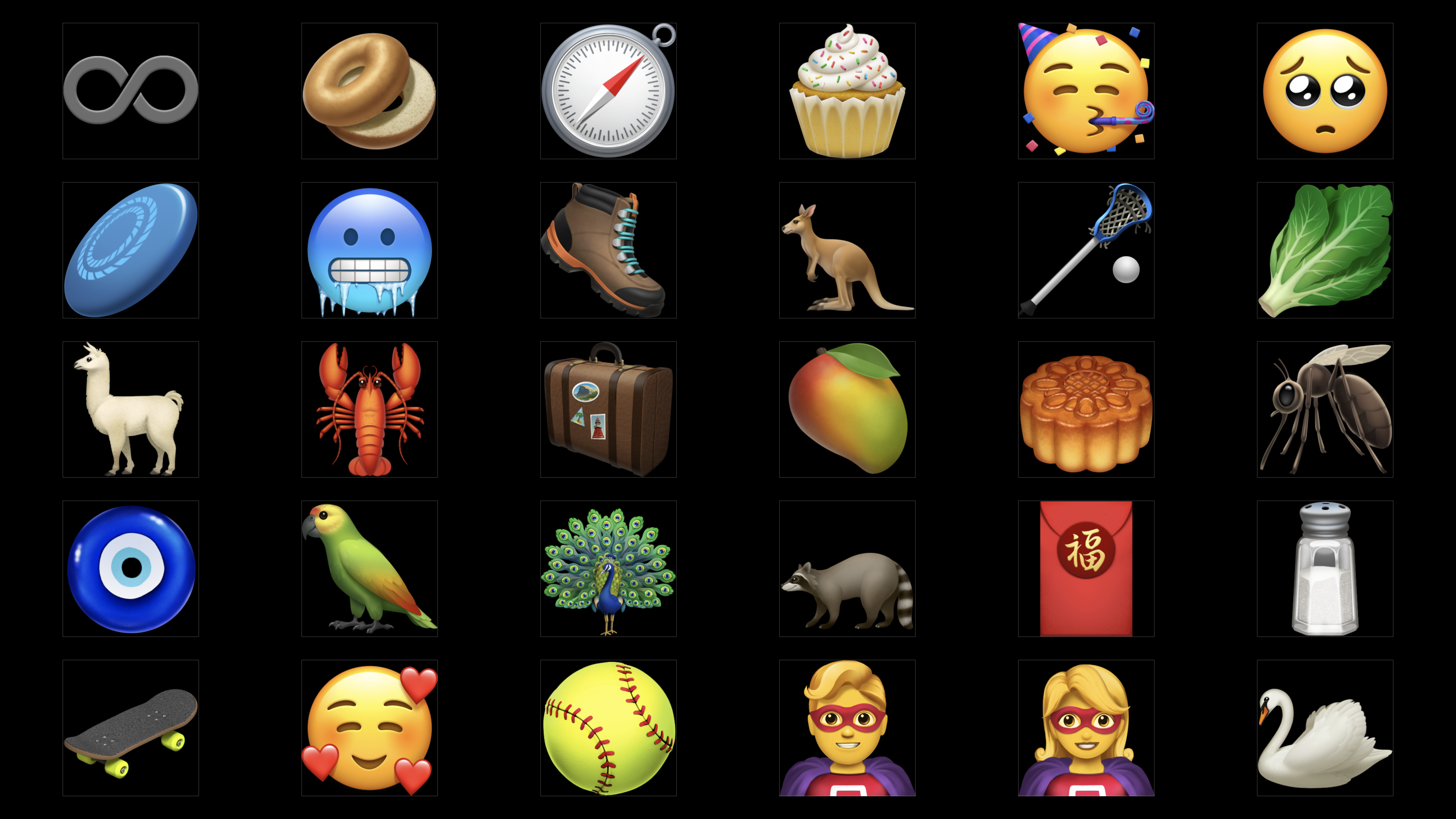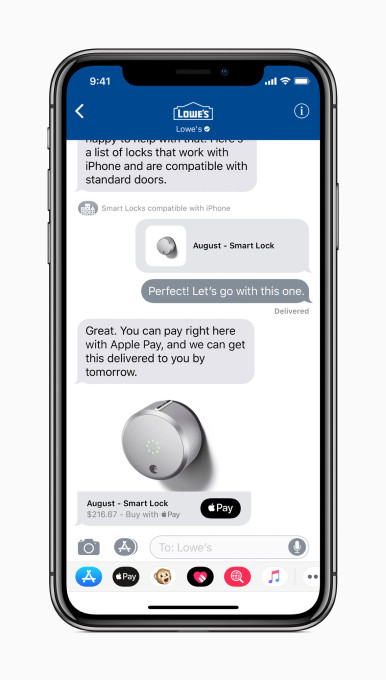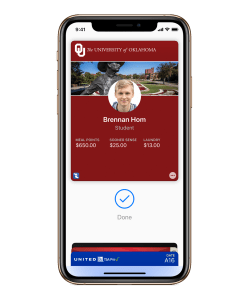Truecaller, the app that helps screen spam calls and messages, is becoming a chat app as it continues to develop into a social service.
The company announced today that it is introducing a chat feature to its Android and iOS apps, although it is already live for Android beta users.
The move follows Truecaller’s recent foray into payments. That’s a localized push in India — Truecaller’s largest market based on users — based on the acquisition of startup Chillr in June. Beyond adding person-to-person payments through that deal, Truecaller is preparing to allow third-parties to integrate their services into its app. In that context, adding chat makes a lot of sense.
The feature could actually be quite handy for Android users. A Truecaller representative explained to TechCrunch that it will work much like Apple’s iMessage — messages sent between Truecaller users will be handled in the app for free, while messages sent to non-users will go over as SMS, which is supported by the app.
Truecaller also said its move to add messaging will help combat “fake news,” an issue that has plagued WhatsApp in India. The company said it’ll rely on its community to vet and report links, with plans to add AI and machine learning to the process.
While it is doubtless correct that Truecaller has a strong community — the information used to identify spam SMS and phone numbers inside the app comes from community reporting — but the proposed solution isn’t really any different to what Facebook and WhatsApp have talked up. Truecaller won’t have dedicated fact-checkers either. It’s strategy may work within smaller circles, but if the app gains a lot of traction it remains to be seen how it’ll manage the false information problem.
The messaging feature is global, but it promises to make the biggest impact in India, where it highlights how a number of different companies are converging on messaging and payments from very different starting points.
WhatsApp, which claims 200 million users in India, is moving from chat to payments; payment specialist Paytm added chat earlier last year and it just enabled SMS; while Truecaller came from spam detection into payments and now chat.
While it is smaller than WhatsApp and Paytm, Truecaller still boasts an impressive 100 million daily users. The company has said before that 60 percent of its registered users are in India, although it isn’t clear how many of those are active. With chat, Truecaller will hope to grow that number further still before it opens its platform to third parties. That could happen before the end of this year, or in early next year, the company told TechCrunch.
from Android – TechCrunch https://ift.tt/2O0fl5J
via IFTTT






 Apple had actually
Apple had actually  Adding in university student cards falls within that scope, Apple says.
Adding in university student cards falls within that scope, Apple says.